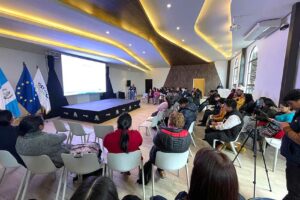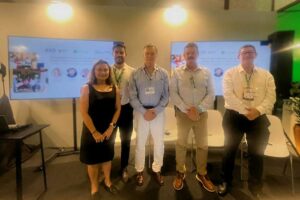Improve the estimation of your cocoa harvests throughout the year
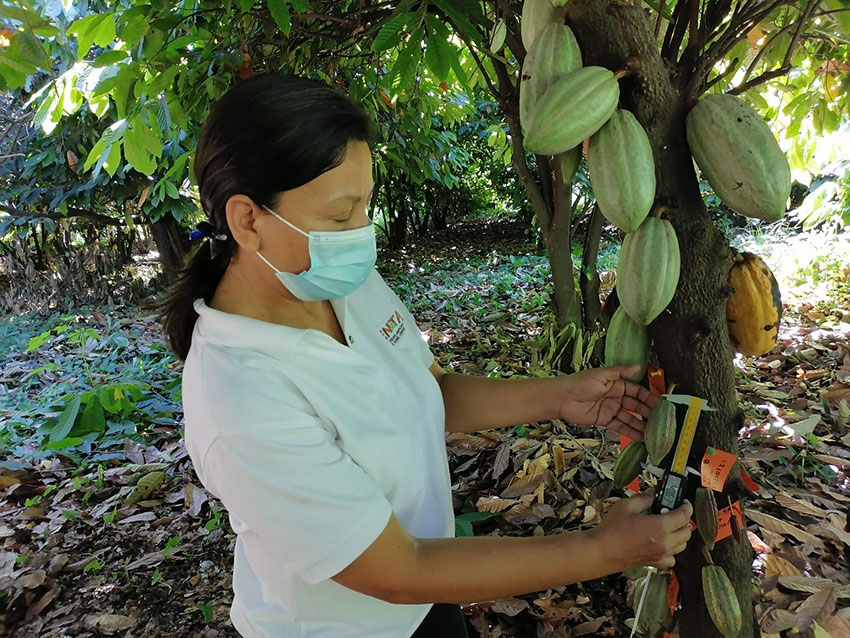
- An innovative study by CATIE, published in Frontiers in Agronomy, reveals key methods to more accurately estimate cocoa yield.
In a significant advance for the cocoa industry, CATIE (Tropical Agricultural Research and Higher Education Center), in coordination with the Research Center in Pure and Applied Mathematics of the University of Costa Rica (CIMPA) and the NicaFrance Foundation, have published a study in the journal Frontiers in Agronomy, titled "Risk analysis and cacao pod survivorship curves to improve yield of forescasting methods".
This research highlights an innovative methodological approach that will allow producer families, commercial farm managers, and certifying agencies for cocoa production and export to improve the accuracy of cocoa harvest forecasts throughout the year.
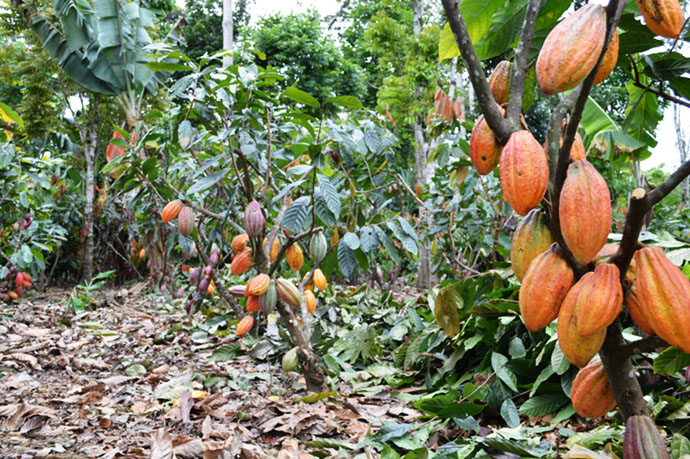
Over more than 15 months, the research team monitored 1,100 pods from various cohorts (generations) of six cocoa clones (PMCT-58, CC-137, CATIE-R1, CATIE-R4, ICS-95, and CCN-51) in a 12-year-old agroforestry cocoa plot at the CATIE's La Montaña farm in Turrialba, Costa Rica.
The goal was to assess the incidence of pests and diseases and their effects on the survival probability of these pods. With this information, it is possible to obtain a more reliable estimate of the expected yield of the different clones that make up a cocoa plantation. These estimates are very important for making agronomic and economic decisions at the farm level.
The study's results indicate significant differences in survival rates among the evaluated clones, regardless of the pod generation and its position on the cocoa tree. Specifically, the CATIE-R1, CATIE-R4, and CC-137 clones showed higher survival rates than the ICS-95, CCN-51, and PMCT-58 clones. Survival defines the probability that a pod will be harvested at the end of the growth cycle.
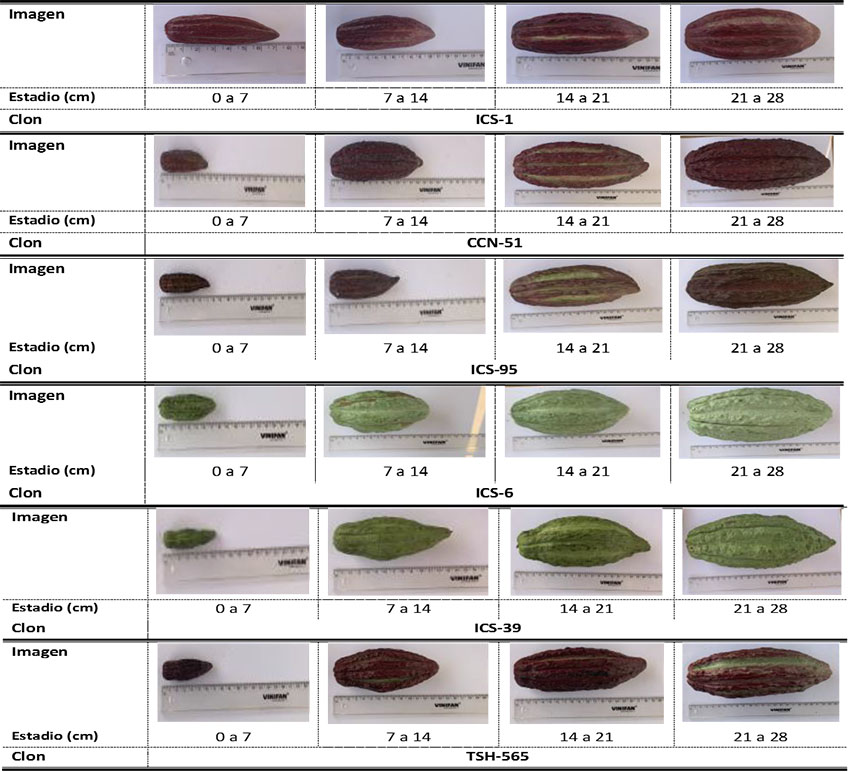
This detailed analysis allowed the team to propose a simple method that combines the counting of pods, the pod index of the cultivated clones, and survival rates as discount factors, to reliably estimate expected cocoa yields on the farm over time.
This work not only provides a valuable approach to accurately estimating cocoa yield but also helps to better estimate labor costs for harvest and resource demand. Likewise, it offers more reliable data for estimating the annual profitability of cocoa farms.
"With this study, CATIE reinforces its commitment to the continuous improvement of agricultural practices and the economic success of cocoa-producing families," stated Rolando Cerda, leader of the Agroforestry and Genetic Improvement of Coffee and Cocoa Unit at CATIE.
The research team for this study was comprised of Rolando Cerda, Luis Orozco, Arlene López-Sampson, María José Borda, Mariela Leandro, and Eduardo Somarriba from CATIE, with the collaboration of Melanie Bordeaux from the NicaFrance Foundation, Luis A. Barboza, an actuarial statistics specialist from CIMPA, and Eusebio Ayestas Villega, an expert in the management of commercial cocoa farms; who emphasized the importance of applied research and its direct impact on the sustainability and profitability of tropical agriculture.
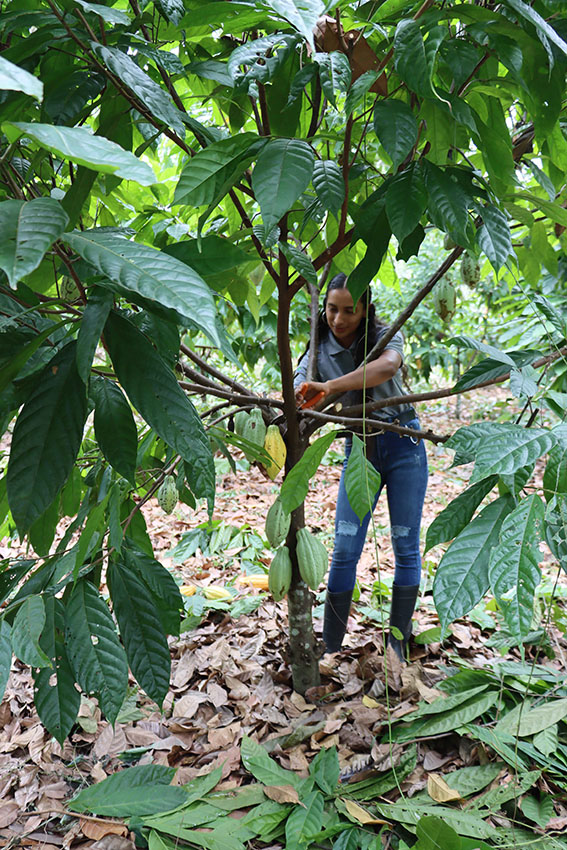
More information:
Luis Orozco Aguilar
Tropical Agroforestry Specialist
Agroforestry and Coffee and Cocoa Genetic Improvement Unit
CATIE
luisoroz@catie.ac.cr
Written by:
Karla Salazar Leiva
Communicator
Communications and Marketing Office
CATIE
karla.salazar@catie.ac.cr

